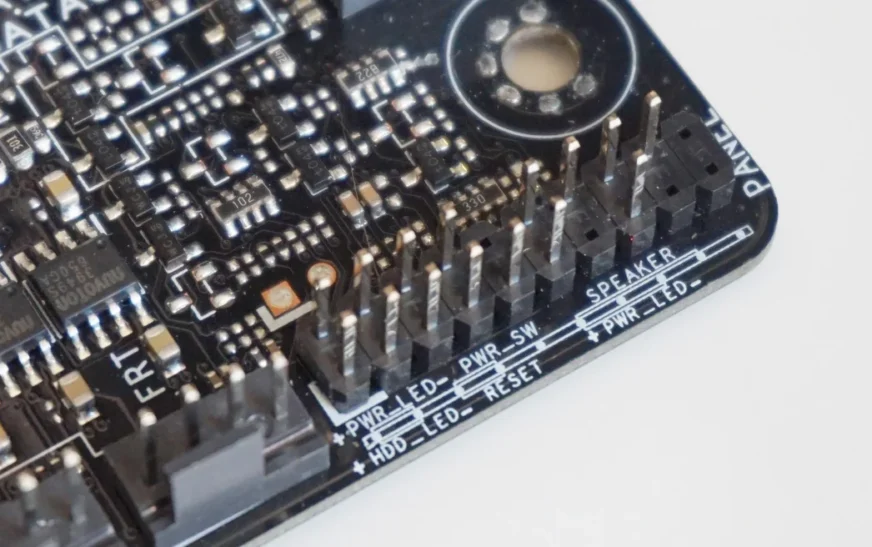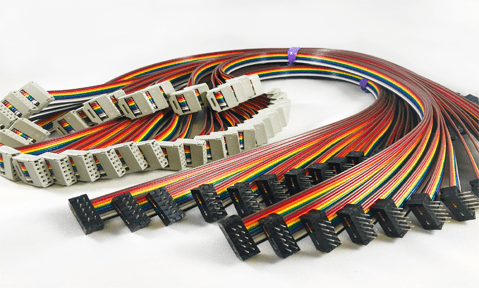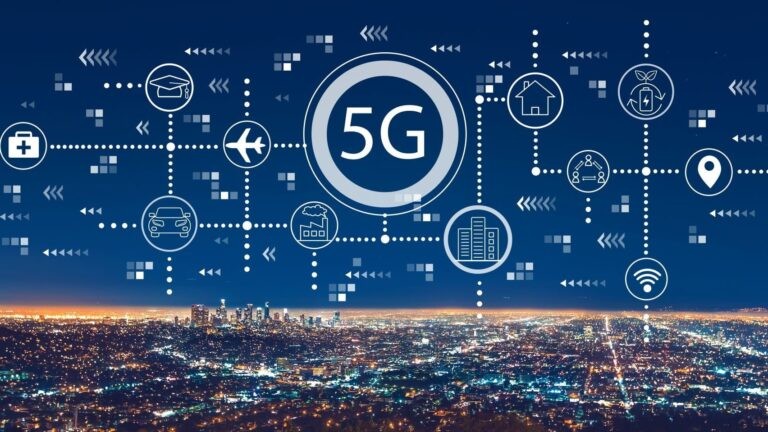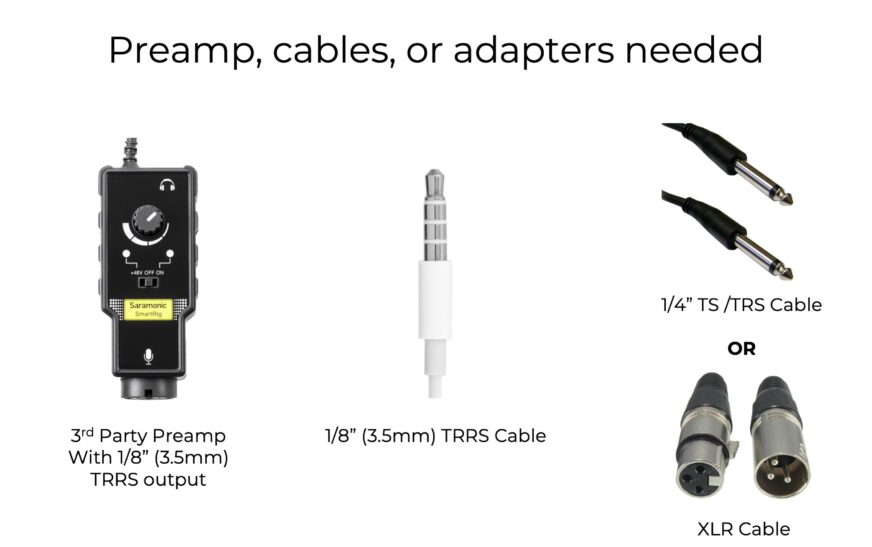Front panel connectors are essential to the architecture of a computer because they provide easy user interaction with the systems. These connectors, which are on the front of the computer casing, offer easy access to ports and interfaces that are necessary. The several kinds of front panel connectors, their features, installation advice, common problem solving techniques, and front panel connectivity prospects are all covered in this article.
Overview of Front Panel Connectors
A group of ports and interfaces placed on the front of a computer case are known as front panel connections. They provide simple access to frequently used components including reset switches, power buttons, audio connectors, and USB connections. Quick and easy access to these connectors eliminates the need to reach around the back of the computer, improving the user experience.
a. Front panel connectors are important.
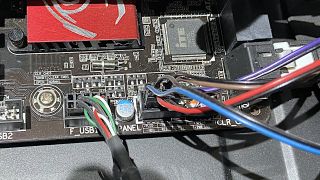
Front panel connectors are important because of how they facilitate user engagement. They make connecting auxiliary equipment, like USB flash drives, microphones, and headphones, easier. They also make the computer casing more aesthetically pleasing and useful overall, making it easier for users to utilize.
2. Types of Front Panel Connectors

a. Ports for USB
Among the most popular front panel connectors are USB ports. They let users to connect a wide range of devices, including flash drives, keyboards, mouse, and external hard drives. There are several kinds of USB ports, including: The most common rectangle connector for most devices is USB Type-A. USB Type-C: A more recent, reversible connector with increased data transfer speeds and power capacity. USB 3.0 versus USB 2.0 Older systems often use USB 2.0, however USB 3.0 provides noticeably higher data transfer rates. The blue hue of USB 3.0 connectors typically makes them easy to identify. 2. Using and Adapting With two or more USB ports on the front panel, the majority of contemporary motherboards can accommodate a variety of devices. Generally speaking, compatibility is not a problem because USB ports are made to accommodate a large range of devices. b. Jacks for Audio Another essential part of front panel connectors are audio jacks. Users can attach audio devices such as microphones, speakers, and headphones to these ports. Common audio ports consist of: Speakers or headphones can be connected using the 3.5mm headphone jack. External microphones can be connected using the 3.5mm microphone jack. First, Integrated Audio Systems A dedicated sound card is not necessary for consumers to access high-quality sound because many motherboards come with integrated audio solutions. Usually, a dedicated audio header connects the motherboard to the front panel audio jacks. c. The reset switch and power button The front panel connectors that enable users to control the computer’s operation are the power button and reset switch: The power button activates and deactivates the system. Reset Switch: This feature might be helpful in troubleshooting situations as it enables users to restart the computer without entirely shutting it down. d. LED Indicators To give users a visual indication of the system’s state, LED indicators are frequently installed on the front panel. Typical indications consist of: Power LED: Shows the status of the system’s power supply. Hard Drive Activity LED: Blinks to indicate data access and processing while the hard drive is in use.
3. Installation of Front Panel Connectors

a. Installation Preparation
Gathering the required tools and materials is crucial when installing front panel connectors. Generally, a Phillips screwdriver and the computer case manual are the only tools you require. Grounding yourself is a smart precaution to avoid static electricity harming delicate components.
b. Front Panel Connector Setup
1. Recognizing Linkages
Start by locating the front panel connectors included with the computer case. These usually consist of:
USB connectors (for use with USB ports)
Connectors for Audio Jacks
Power button, reset switch, and LED connections
2. Motherboard Header Locations
Then, find the correct headers on the motherboard. Mos
4. Troubleshooting Common Issues
Even with careful setup, users might face problems with the front panel connectors. Here are some typical issues and possible fixes:
a. USB Ports Not Working
Issue: One or more USB ports on the front panel are not operational.
Fix: Try these steps:
Make sure the USB connectors are firmly inserted into the motherboard.
Ensure the motherboard supports USB 3.0 if you’re using USB 3.0 ports.
Test the ports with various USB devices to eliminate issues with the device.
b. Audio Jacks Not Producing Sound
Issue: The audio jacks do not output sound.
Fix: Try these steps:
Make sure the audio connectors are securely plugged into the motherboard.
Check that the correct audio device is selected in the operating system’s audio settings.
Test the audio jacks with working headphones or speakers.
c. Power Button Doesn’t Work
Issue: The power button doesn’t activate the computer.
Fix: Try these steps:
Make sure the power button connector is properly attached to the motherboard header.
Look for any loose cables or connections.
If the problem continues, try using the motherboard’s built-in power button (if it has one) to check if the power button is faulty.
d. LED Indicators Not Illuminating
Issue: The power or hard drive activity LED doesn’t light up.
Fix: Try these steps:
Ensure the LED connectors are correctly attached to the motherboard.
Check the LED polarity, as they need to be connected in the right direction to work.
5. Trends and Innovations in Front Panel Connectors
A. USB Type-C Integration
As USB Type-C will become more and more more famous because of its reversible layout and high-pace capabilities, many pc instances now function the front panel USB Type-C connectors. This innovation complements consumer comfort and future-proofs structures for compatibility with more moderen devices.
b. Enhanced Audio Solutions
Advancements in incorporated audio generation have caused higher sound first-rate from the front panel audio connectors. Some motherboards now encompass high-definition audio codecs, making an allowance for richer sound output and assist for greater superior audio features.
c. Customization Options
As the DIY PC constructing network grows, many producers are presenting customizable the front panel connectors and instances. This fashion permits customers to layout their structures in keeping with private preferences, in addition improving consumer experience.
d. Wireless Front Panel Connectors
Emerging technology are paving the manner for wi-fi the front panel connections, casting off the want for cables altogether. Although nonetheless withinside the early stages, this innovation guarantees to decorate comfort and decrease clutter.
7. Conclusion
Crucial parts that link the user and the computer system are front panel connectors. They are crucial to the design of modern computers because they improve usability and offer easy access to key functionalities. The user experience can be substantially enhanced by being aware of the various connector types, installation procedures, and troubleshooting techniques.
Front panel connectors will develop with time, providing more options and increased convenience as technology moves forward. Users can make the most out of their computer experience and guarantee that their systems stay on the cutting edge of technology by keeping up with the latest trends and advances. Front panel connectivity has a bright future ahead of it, full of user-friendly designs and expanded functionality to meet the constantly evolving needs of computer users.

